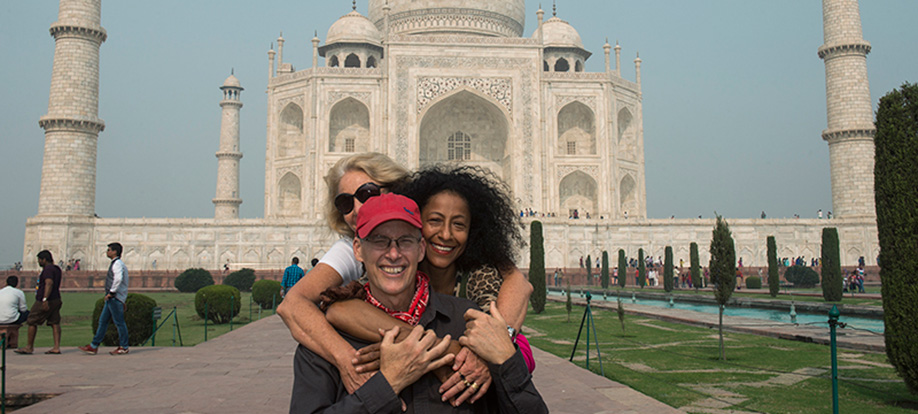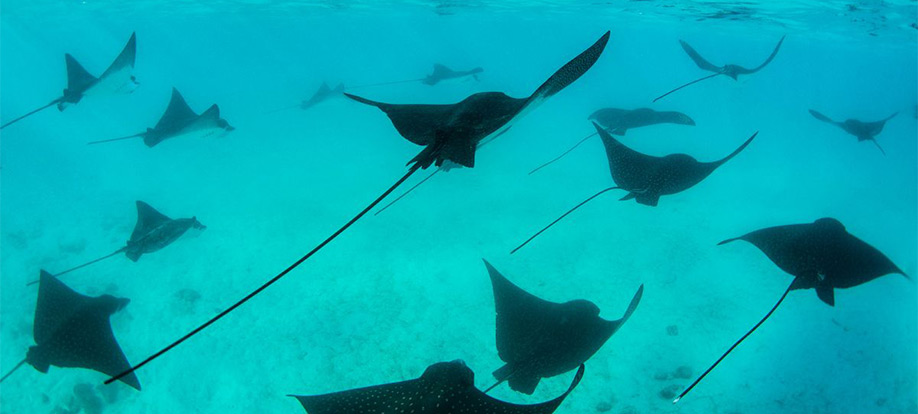There are many reasons for travel but this time, for us, it was something new. Pete and I have lived in Ecuador now for 30 and 24 years respectively and we have known our best friends, Tom and Mariela, for almost that long. Much more parochial than us in their travel, they have seldom ventured to foreign shores. Recently they visited with some news. After a routine medical check up Tom was diagnosed with a leaky heart valve and needed surgery urgently for $250,000+ in the US, where he was a citizen, but with no medical insurance. It was a budget which blew that idea out of the window OR, $25,000 here in Ecuador but with a minimum of a 10% risk of dying and no fixed heart operating team (but he was told that they could cobble one together). Stuck between a rock and a hard place I made a suggestion. As a trained nurse in my previous life and having been in a hospital in India, on the point of death by all accounts, with Cholera, I recounted the tale of my unbelievable medical care and how impressed I was. I ventured an alternative. To our surprise, Tom went for the idea. Now suddenly, Pete and I felt responsible so decided to help guide them through the chaos that is the India we love so much and we booked tickets too. Having phoned a good friend in India for a reference for a cardiologist, then haggling for emergency visas, a week later we were en-route to Delhi! Mariela’s 50th was celebrated at 30,000 feet at the back of the jumbo drinking champagne with our new friend Christine, a truly benevolent flight attendant and before we knew it, Tom was in surgery! The care was fabulous and the equipment as modern as anywhere. The surgery team was a highly practiced unit, and performed a slew of such operations on a regular basis! Worse than we thought however the valve had to be replaced not fixed and Tom now is part pig! No more eating pork in that household. Recuperation time was 3 weeks, so having satisfied ourselves that all was well and it was only left for Tom to take it easy we set off in the interim to visit a remote head-hunter tribe in the far north east of India. Back in Delhi, after our sojourn, with a now perky Tom we decided he was fit enough to take him south to the Taj Mahal to sight see. Hence the classic tourist snapshot above to prove that he was there (wheelchair and all). The joys of medical tourism, Tom gets a new heart valve, a look at one of the seven wonders of the world and it only set him back $13,000 (excluding airfares)!! I guess that’s one way to see the world!
~Reneé Bish








